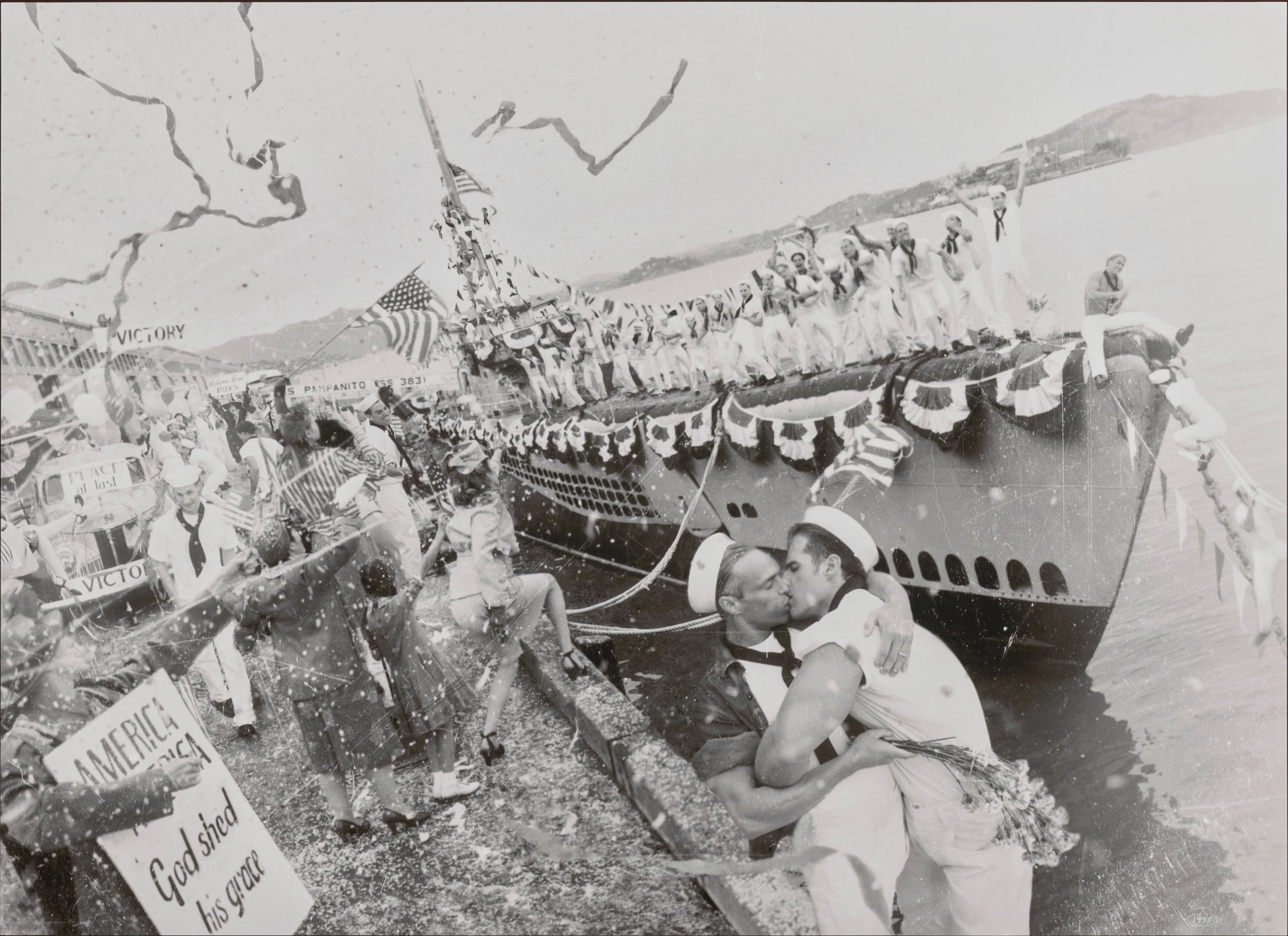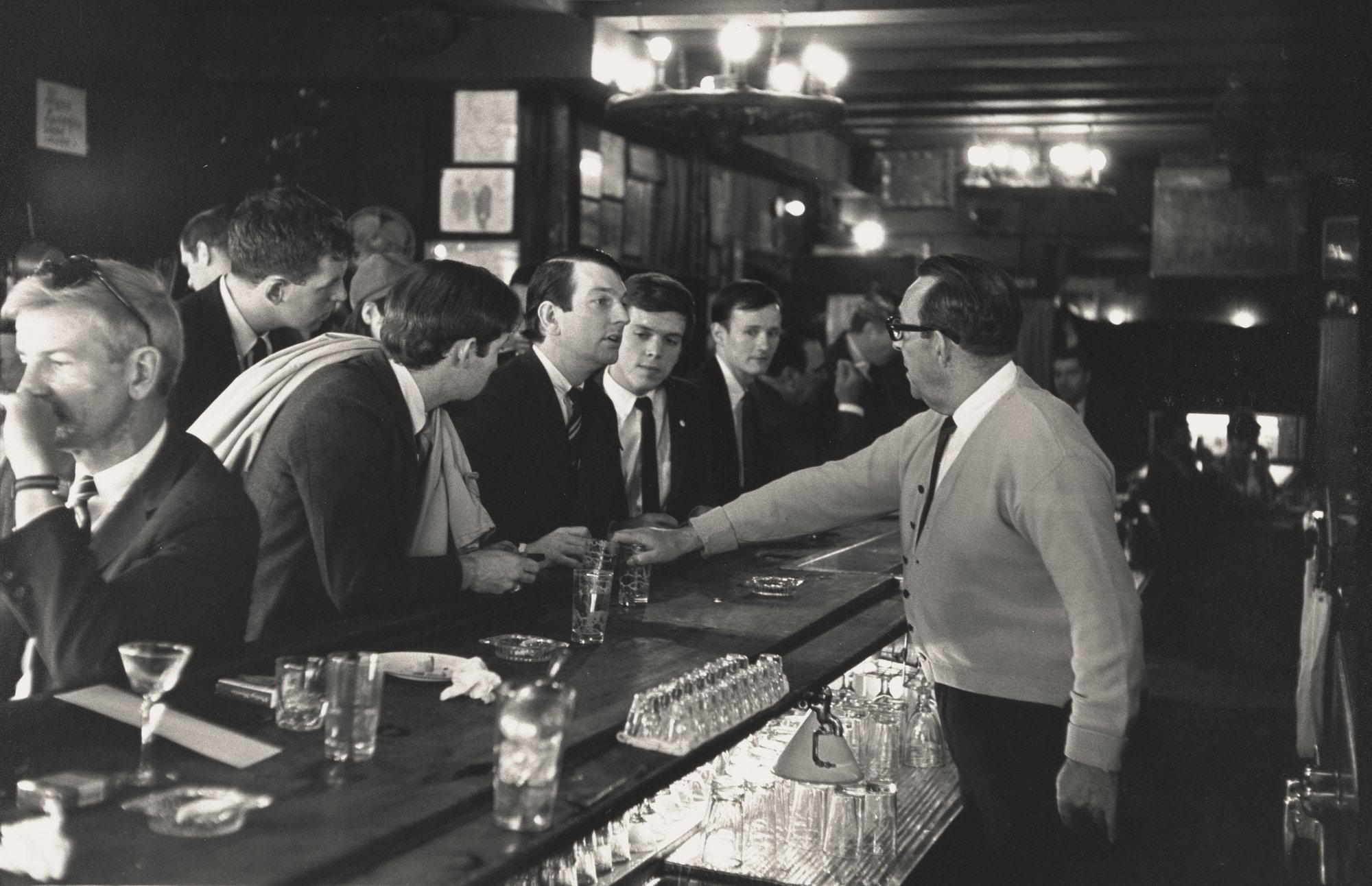Each June, cities across the world erupt in color as LGBTQ+ communities celebrate Pride Month. Yet, something has subtly shifted in recent years — and not just within the community itself. Increasingly, major brands and institutions once eager to splash rainbows across their logos in June are pulling back, citing criticism of “rainbow washing” or simply wanting to avoid controversy. The once-ubiquitous symbol of queer pride — the rainbow flag — is disappearing from storefronts, marketing campaigns, and social media headers. But rather than seeing this as progress or a natural evolution, it’s time we recognize the rainbow’s enduring relevance — especially for queer youth seeking identity, visibility, and safe spaces.
For years, critiques of rainbow washing were valid and needed. Many companies capitalized on Pride Month for profit without backing it up with meaningful action — donations to LGBTQ+ organizations, inclusive policies, or internal equity efforts. As a result, the rainbow flag started to feel commercialized and, to some, even “cringe.” It became easy to dismiss it as a hollow corporate gesture rather than a radical emblem of community and survival.
But let’s not confuse misuse with uselessness. The rainbow flag, first designed by Gilbert Baker in 1978, was never meant to be a trend or branding gimmick. It was a message. A beacon. A banner that says, “You are not alone.” And in 2025 — amid book bans, anti-LGBTQ+ legislation, and escalating violence against queer and trans individuals — we still need that message.

That’s why exhibits like $3 Bill: Evidence of Queer Lives and Queer Lens: A History of Photography at The Getty are more than just culture — they’re activism. They’re history. And perhaps most importantly, they’re a reminder that queer visibility isn’t optional. It’s vital.
The Getty’s Pride Exhibits: Holding the Rainbow High
This year, the Getty is honoring Pride Month and beyond with a powerful slate of exhibitions and programming that confronts, celebrates, and documents queer lives across time. $3 Bill: Evidence of Queer Lives, running through September 28, 2025, is a compelling showcase of LGBTQ+ artists and their impact over the last century — from early photographic experimentation and identity exploration to modern expressions of gender and sexuality.
Complementing it is Queer Lens: A History of Photography, opening June 17 and running through September 28. Curated by Paul Martineau, the exhibit explores photography as a medium for queer self-representation and cultural resistance. It’s a sweeping narrative from the mid-19th century to now, showing how LGBTQ+ people have used the camera to see — and be seen.
Beyond the exhibits, the Getty is offering a robust calendar of events — including performances, curator-led tours, lectures, and screenings — that further explore the complexity and beauty of queer life.
The Dyke Show by JEB (Joan E. Biren)
Tuesday, June 17, 2025 at 7pm – Getty Center
From 1979–1984, JEB performed The Dyke Show more than 80 times to packed audiences at community spaces and universities across the US and Canada. Originally titled Lesbian Images in Photography: 1850–1984, the pioneering show includes portraits, documentary, and erotic images by historic and contemporary photographers. JEB’s accompanying narration is a unique fusion of art history, activist inspiration, and stand-up comedy.
Exhibition Tour: $3 Bill: Evidence of Queer Lives
Jun 18, 2025–Sep 28, 2025
Wednesdays at 1:30pm (except July 2 and July 9) – Getty Center
This 30-minute curatorial tour of $3 Bill celebrates the contributions of LGBTQ+ artists in the last century. From pioneers who explored sexual and gender identity in the first half of the 20th century, through the liberation movements and the horrors of the HIV/AIDS epidemics, to today’s more inclusive and expansive understanding of gender, $3 Bill presents a journey of resilience, pride, and beauty.
Ancient Greek Homoeroticism and Modern Queer Beauty
Thursday, June 26, 2025 at 11am – Online
In this presentation in honor of Pride Month, art historian Whitney Davis examines how homoerotic aspects of ancient Greek art began to affect 18th-century artistic uses of classicism. Greek sculpture and vase painting depicting nude men helped define a new concept of “queer beauty” in art and shaped queer people’s identity and subjectivity into the 19th century. Join Davis as he illustrates this trajectory, drawing on representations from Neoclassical painting to Robert Mapplethorpe’s photography.
Screening: Tongues Untied
Sunday, Jul 27, 2025 at 4pm – Getty Center
Join The Getty for a screening of Tongues Untied (Marlon Riggs, 1989, 55 minutes). Originally released on PBS, the film is renowned for its portrayal of the fierce challenges and powerful vibrancy of the Black gay male experience in America. This screening is co-presented by One Institute.
Curator’s Tour: Queer Lens: A History of Photography
Friday, Jun 27, 2025 at 2pm – Getty Center
Since the mid-19th century, photography has served as a powerful tool for examining concepts of gender, sexuality, and self-expression. Join curator Paul Martineau to explore the medium’s profound role in shaping and affirming the vibrant tapestry of the LGBTQ+ community.
Queer Lens on Los Angeles: Artists’ POV
Sunday, Aug 17, 2025 at 1pm – Getty Center & Online
From 1969 to 1972, Anthony Friedkin created The Gay Essay, a seminal photo series of the burgeoning gay liberation movements of Los Angeles and San Francisco. Through images of nightclubs and the house party scene of the 1980s and ’90s, Reynaldo Rivera intimately captured the Latinx, drag, and transgender communities of East LA and Echo Park. As a photographer emerging in 1990s LA, Catherine Opie documented the built and social environments of queer identities. Curator Ryan Linkof joins these artists in conversation about the vibrant tapestry of queer lives in Southern California. Light refreshments to follow for in-person attendees.
Screening: The Watermelon Woman
Sunday, Aug 31, 2025 at 4pm – Getty Center
Join us for a screening of The Watermelon Woman (Cheryl Dunye, 1996, 84 minutes). Supported by the National Endowment for the Arts (NEA) and written, directed and edited by Dunye, this romantic comedy explores long-standing constructions of race and sexuality on-screen. Dunye stars as a documentary filmmaker trying to identify an unnamed actress who plays a stereotypical “mammy” character in a 1930s plantation drama, a role that many Black actresses in Hollywood were relegated to at the time.
Drag Story Time with Pickle and Bob Baker Marionettes
Sunday, Sep 14, 2025 at 11am and 2pm – Getty Center
Tickets are available July 14, 2025.
Join us for an afternoon of play, glamour, and self-expression with the fabulous Pickle, Drag Laureate of West Hollywood, who will share the joys of reading alongside Bob Baker Marionette Theater puppets!
Screening: Made in Hollywood
Sunday, Sep 21, 2025 at 4pm – Getty Center
Join us for a screening of Made in Hollywood (Bruce and Norman Yonemoto, 1990, 56 minutes). Employing the language of advertising, television and mass media, the film is an allegorical satire that explores emotion and identity, reality and fantasy.
Visibility for the Vulnerable
So why is all of this — the rainbow, the exhibits, the programming — still so important?
Because despite progress, LGBTQ+ people remain under threat. In 2025 alone, hundreds of anti-LGBTQ+ bills have been introduced across the U.S., many targeting trans youth and queer families. Online hate continues to rise. And schools and libraries, once safe havens, are facing increasing censorship of queer content. For young LGBTQ+ people navigating this reality, seeing themselves represented in culture, art, and public life can be life-saving.

The rainbow flag remains a visual shorthand for “you are safe here.” It helps queer people — especially youth, immigrants, and those newly out — recognize allies and affirming spaces. When a business, institution, or even a coffee shop displays it with sincerity, it sends a clear and courageous message: “We see you. You belong.”
Removing that symbol because it has been misused by others only further erodes visibility. The answer to rainbow washing is not to erase the rainbow. It’s to reclaim it.
Beyond the Rainbow, But Not Without It
As the community evolves and embraces more inclusive symbols — like the Progress Pride Flag or identity-specific flags — the rainbow still serves as an entry point. It connects generations and reminds us of a shared struggle. It’s not the only symbol we need, but it’s one we still do.
The queer community has never been monolithic. Our stories are vast and varied — and so are our symbols. But the rainbow’s strength lies in its simplicity. It doesn’t dilute our complexity; it honors our diversity. Just like the spectrum of light, we are many colors, many identities, many truths.
In a time where many feel under siege, we cannot afford to dim our colors. Art institutions like the Getty are stepping up to ensure that our stories — and our symbols — remain visible, honored, and celebrated. And we, too, must keep flying the rainbow high.
Not because it’s trendy. But because it still saves lives.

